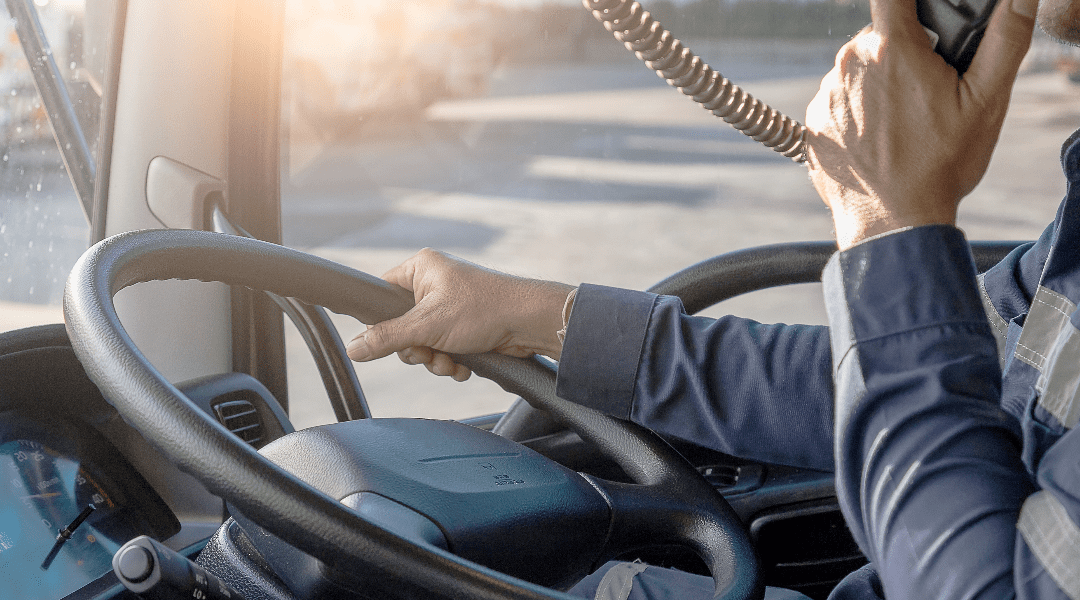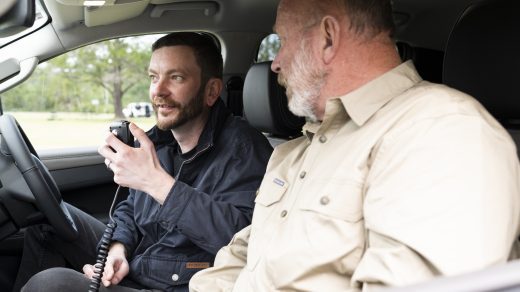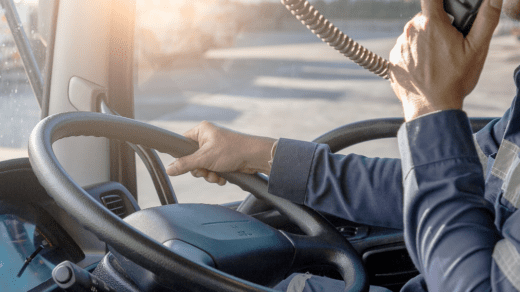To stay connected and ensure safety on the road, using a UHF (Ultra High Frequency) radio in your RV is a practical choice. UHF radios are especially useful for communicating with fellow travellers, obtaining road condition updates, and interacting with truck drivers, who often use these radios for logistical coordination.
In this article, we’ll provide comprehensive information on using UHF radios in your RV, along with insights on communicating with trucks.
1. License Requirements:
In Australia, certain UHF radios may require a license. There are 80 Channels of free UHF Two Way Radio Channels that have been set aside for the general public to use. These frequencies are in the UHF Band between 476.4250 and 477.4125 MHz. Any frequencies outside of this band are for COMMERCIAL USE ONLY and all need to be licenced. Be sure to check the specific regulations for your type of UHF radio.
2. Channels:
UHF CB radios in Australia operate on 80 channels. Some key ones to remember are Channel 40, the Australia-wide road safety channel, used mainly by trucks and heavy vehicles; Channel 10, used by 4WD clubs or convoys and in national parks; and Channel 18 is for caravan and camper convoys. Channels 5 and 35 are reserved for emergency use, so familarise yourself with them for safety purposes.
3.Repeater Stations:
Some areas may have UHF repeater stations, which extend your radio’s range. Check local sources or directories for repeater station locations.
4. Etiquette:
Follow proper radio etiquette: keep conversations concise, use clear language, and be courteous. Avoid offensive language and unnecessary transmissions.
5. Privacy Codes (CTCSS/DCS):
Some UHF radios offer privacy codes (CTCSS/DCS) for more private communication, reducing interference from other users.
6. Range:
UHF radio range varies with terrain and power output. In open areas, you may have a range of several kilometres, while hilly or wooded terrain can reduce it.
7. Emergency Use:
Channels 5 and 35 are designated for emergencies. In case of an emergency, call for assistance on these channels and provide your location.
8. Vehicle Installation:
Consider professional installation for your UHF radio in your RV, ensuring a clean and secure setup, including mounting the antenna and positioning the radio.
Be aware of variations in UHF channel usage and protocols when traveling across different Australian states.
Communicating with trucks using UHF radios is common on Australian roads, especially for RV travellers. Trucks often use UHF radios to stay in touch with each other, coordinate logistics, and share important information regarding road conditions. Here’s some additional information about communicating with trucks on UHF radios:
1. Truckie Jargon:
Truck drivers often use specific jargon and codes on UHF radios. Familiarity with common terms can help you understand their conversations.
2. Channel Selection:
Channel 40 is commonly used by truck drivers for general communication. Be courteous and wait for an appropriate time to join conversations.
3. Listening Before Transmitting:
Listen before transmitting on trucker channels to understand ongoing discussions, traffic updates, and road conditions.
4. Being Courteous:
Maintain politeness and brevity when communicating with truckers. Only interrupt ongoing discussions if you have essential information to share.
5. Road Conditions:
Truck drivers often share valuable information about road conditions, traffic, accidents, and weather updates. Utilise their insights to plan your route.
6. Assistance and Safety:
UHF radios help connect you with truck drivers in case of emergencies or when you need assistance on the road.
7. CB Radio Antenna:
A well-installed and tuned CB radio antenna on your RV improves your radio’s range and communication capabilities.
8. Be Mindful of Professional Drivers:
Remember that truck drivers have responsibilities, so avoid distracting them while communicating on UHF radios.
9. Interstate Travel:
Be aware of variations in UHF channel usage and protocols when traveling across different Australian states.
Truck drivers often share valuable information about road conditions, traffic, accidents, and weather updates. Utilise their insights to plan your route.

By using UHF radios in your RV, you can enhance your travel experience in Australia, fostering a sense of community among travellers, staying informed about road conditions, and ensuring safety. Whether you’re communicating with fellow road trippers or truck drivers, UHF radios are a valuable tool for your Australian adventure.






